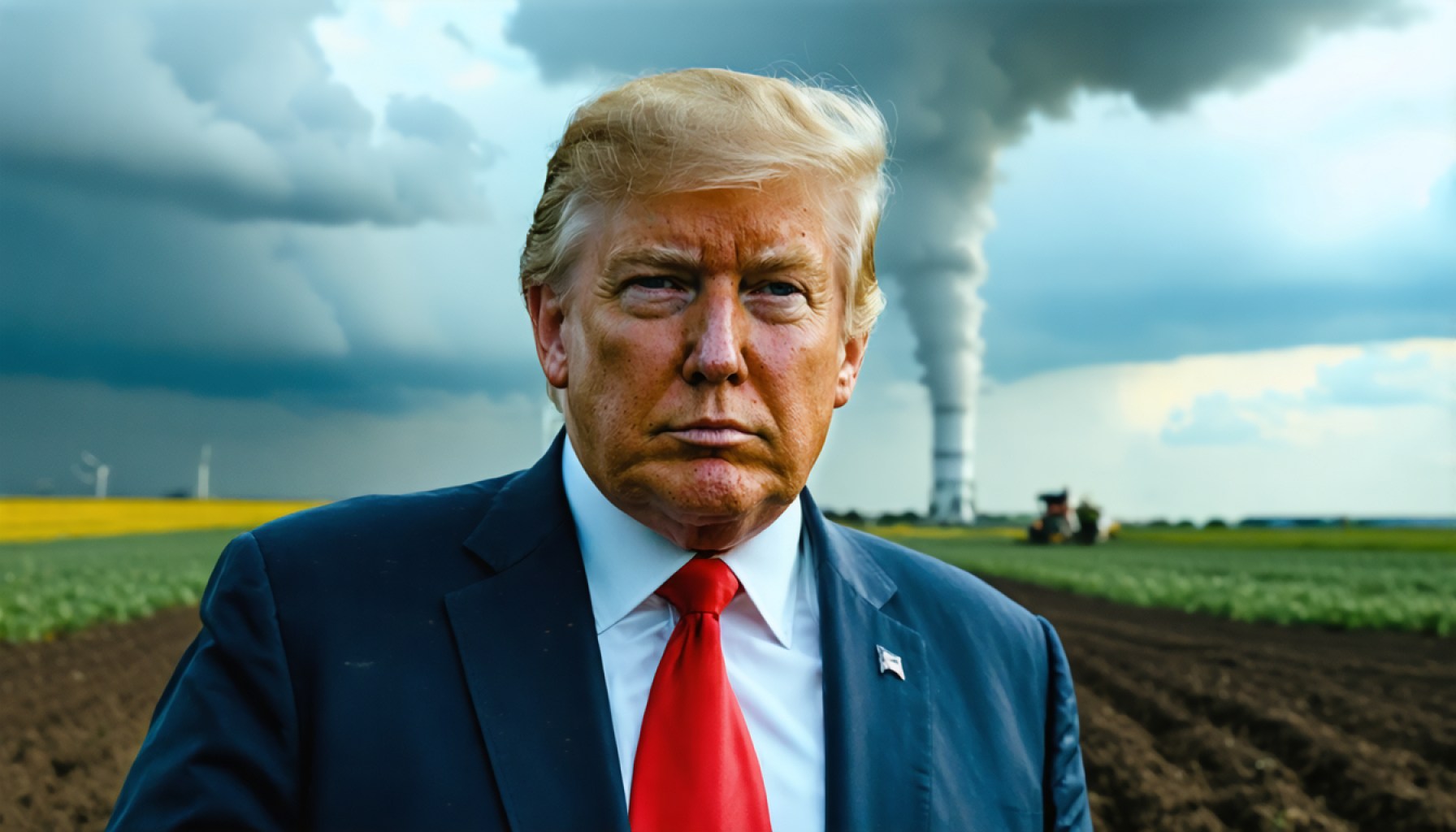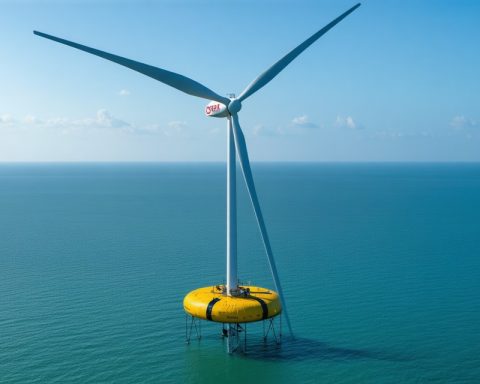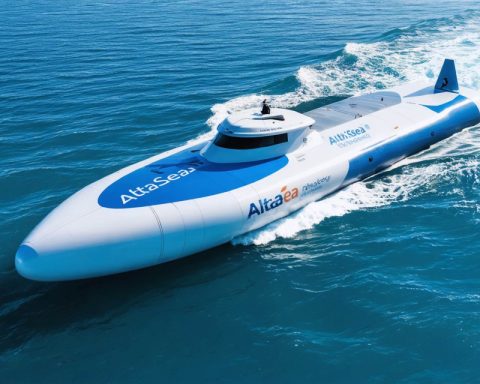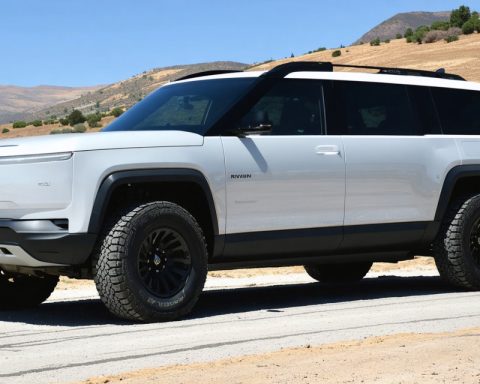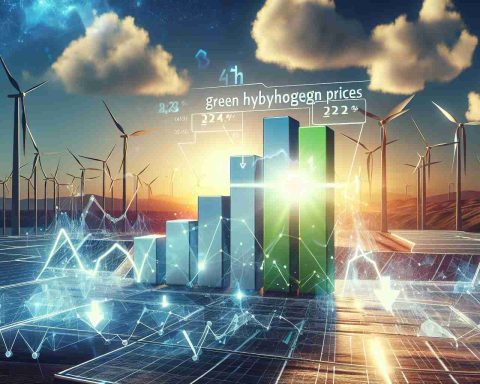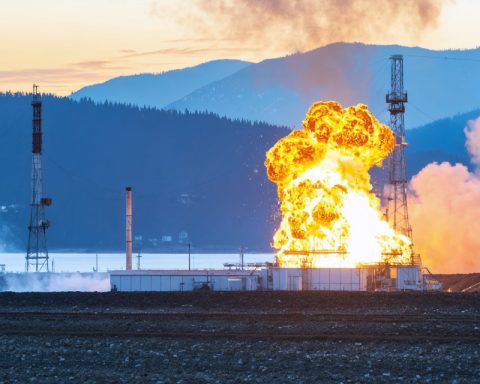- The USDA’s announcement links renewable energy grants to alignment with Trump administration fossil-fuel policies, impacting roughly 6,000 applicants.
- Affected farmers, including Minnesota’s Andy Petran, face project freezes and financial strain as previously approved grants are halted.
- This policy shift arises from a Trump executive order prioritizing fossil fuels over renewable energy projects tied to Biden’s Inflation Reduction Act.
- Environmental advocates and critics argue that this creates unnecessary bureaucratic complexity and opposes green energy efforts.
- Rural constituents express dissatisfaction with the lack of response from Republican representatives in affected areas.
- The incident highlights the importance of trust and consistency in government-citizen agreements amid changing policy landscapes.
- Legal challenges and congressional scrutiny are expected as efforts to preserve sustainable rural futures continue.
Under vast Midwestern skies, farmers like Andy Petran once basked in their sustainable aspirations. The promise of solar panels gleaming like jewels atop barns symbolized more than innovation; it was a pact with prosperity. Yet, with sudden bureaucratic diversions, these agrarian dreams teeter precariously on the edge.
In an unexpected turn, the U.S. Department of Agriculture (USDA) announced that previously authorized grants for renewable energy projects would only be disbursed if applicants modified their projects to align with President Donald Trump’s fossil-fuel-focused energy policies. The bold new landscape has turned what was a straightforward bureaucratic process into a Sisyphean task.
Among the roughly 6,000 affected applicants, some—like Petran, a hopeful Minnesota strawberry farmer—had already rolled out their plans for solar panels, envisioning both economic relief and environmental stewardship. Petran’s vision of reduced electricity bills and income from selling surplus power back to the grid remains lodged in the limbo of bureaucratic indecision. His farm, nestled 40 miles north of Minneapolis, is a testament to resilience, yet financial margins are razor-thin without the promised essential energy grants.
These grant recipients’ sudden plight stems from a sweeping executive order from the Trump administration. The directive freezes funds—set forth under President Biden’s Inflation Reduction Act—for renewable energy, redirecting focus toward fossil fuels. This retrospective catch-22 leaves many applicants scrambling or stalled in their pursuit of lower carbon footprints.
The rationale? A push to “expand American energy production” springing from a broader policy that distances itself from earlier climate mandates. The USDA underscores this shift, suggesting an opportunity for rural energy providers to “realign projects.” However, for many, such a pivot conjures visions of cumbersome coal rather than sun and wind.
Critics, echoing through lawsuits and legislative halls, claim this latest move runs counter to both fairness and common sense. Silence from Republican representatives in affected districts speaks volumes as their constituents stand confused, wondering whether their previously green-lighted projects will ever come to fruition. Notable inaction from GOP lawmakers spurs dissatisfaction among the rural electorate, who feel caught between bureaucratic pitfalls and broken promises.
Environmental advocates argue this is not just red tape—it’s a complex web. The Environmental Law and Policy Center describes the stipulations as adding layers to an already complicated system. To many farmers, the administration’s commitment to honor pre-existing contracts remains elusive.
With each passing day, the shadows of uncertainty lengthen over rural landscapes, and the equity of agreed-upon contracts flutters unpredictably in political winds. The promise of renewable innovation, once a cornerstone of rural economic and ecological strategies, now navigates a precarious path fraught with legal entanglements and unfulfilled assurances.
This saga of grant freezes underlines a crucial takeaway: In an age of rapid policy shifts, the bedrock of trust between government and citizens becomes indispensable. As the legal battles commence and congressional scrutiny intensifies, the collective focus remains on salvaging sustainable futures held in compromise.
Unraveling the Bureaucratic Maze: The Perilous Path of Renewable Energy in the Midwest
What Does the Current Landscape Look Like?
The tale of Andy Petran and countless other farmers in the Midwest underscores the shift in federal energy policy, transitioning from renewable-focused initiatives to an emphasis on fossil fuels. This critical change generates a host of challenges for farmers who had planned to install solar panels, move towards energy independence, and reduce their carbon footprints. These aspirations now hang in the balance due to unexpected policy reversals.
How-To Adapt in an Unpredictable Environment
1. Diversify Energy Sources: While solar installations are currently under bureaucratic strain, farmers can explore alternative renewable energy sources such as wind energy or bioenergy, which may encounter fewer regulatory hurdles.
2. Engage with Policy Advocates: Collaborating with environmental advocacy groups such as the Environmental Law and Policy Center can help affected parties navigate legal challenges and push for policy reconsideration.
3. Seek Niche Financial Solutions: Farmers might consider private financing options to temporarily fill the gap left by stalled grants, ensuring that projects can continue amidst uncertainty.
Real-World Use Cases
– Minnesota Success Stories: Examining successful installations in areas with more supportive legislative environments can provide blueprints and strategic insights for overcoming bureaucratic challenges.
– Community Solar Initiatives: In some cases, pooling resources with neighbors to invest in community solar projects can sidestep individual grant issues and distributed benefits among participants.
Market Forecasts & Industry Trends
Despite current challenges, the renewable energy market is expected to rebound strongly. The International Energy Agency (IEA) predicts renewables will account for more than 80% of the global energy capacity growth by 2030. This growth potential underscores the importance of staying informed on policy developments and technological advancements.
Pros & Cons Overview
Pros:
– Long-term Savings: Installation of solar panels can significantly reduce energy costs over time, providing both personal economic benefit and contributing to broader environmental goals.
– Environmental Stewardship: Renewable energy projects offer a tangible way for farmers to decrease their carbon footprint and promote sustainability.
Cons:
– Regulatory Uncertainty: Current bureaucratic obstacles mean unpredictable timelines and potential financial insecurity.
– Initial Capital Investment: Even with grants, upfront costs can be prohibitive for some farmers without additional financial support.
Actionable Recommendations
– Stay Informed: Regularly check for updates on federal and state energy policies. Websites such as the U.S. Department of Energy can provide essential information.
– Evaluate Energy Needs: Conducting a detailed assessment of your energy needs can help determine the most cost-effective renewable strategy.
– Consider Legal Recourse: If feasible, consider joining collective legal efforts to challenge grant freezes and policy reversals.
The unfolding scenario in the Midwest highlights a dynamic between sustainable ambitions and shifting political directives. As affected farmers navigate this maze, maintaining resilience and adaptability will be crucial in reaching their renewable energy goals.
For more information on energy policies and renewable energy solutions, visit the Department of Energy.
